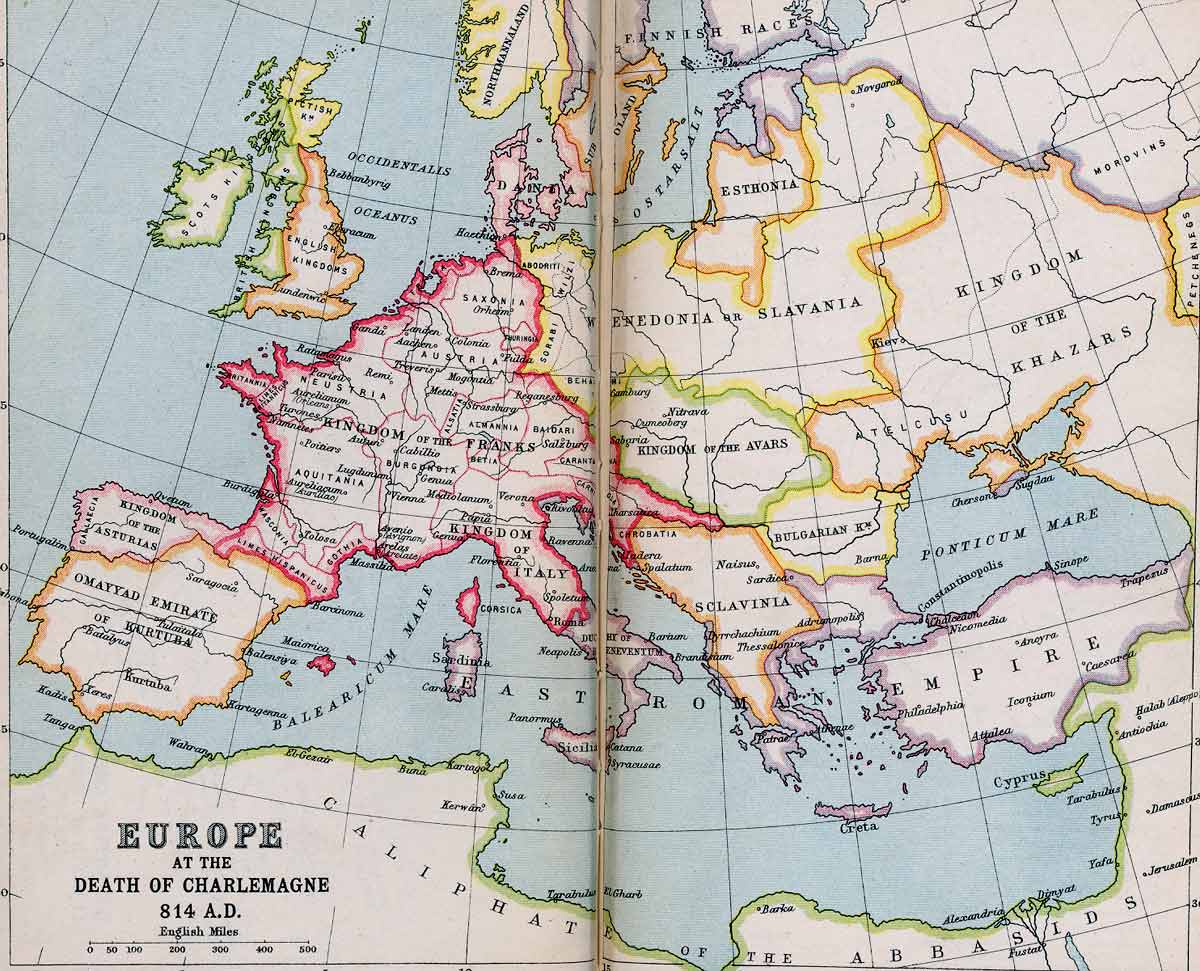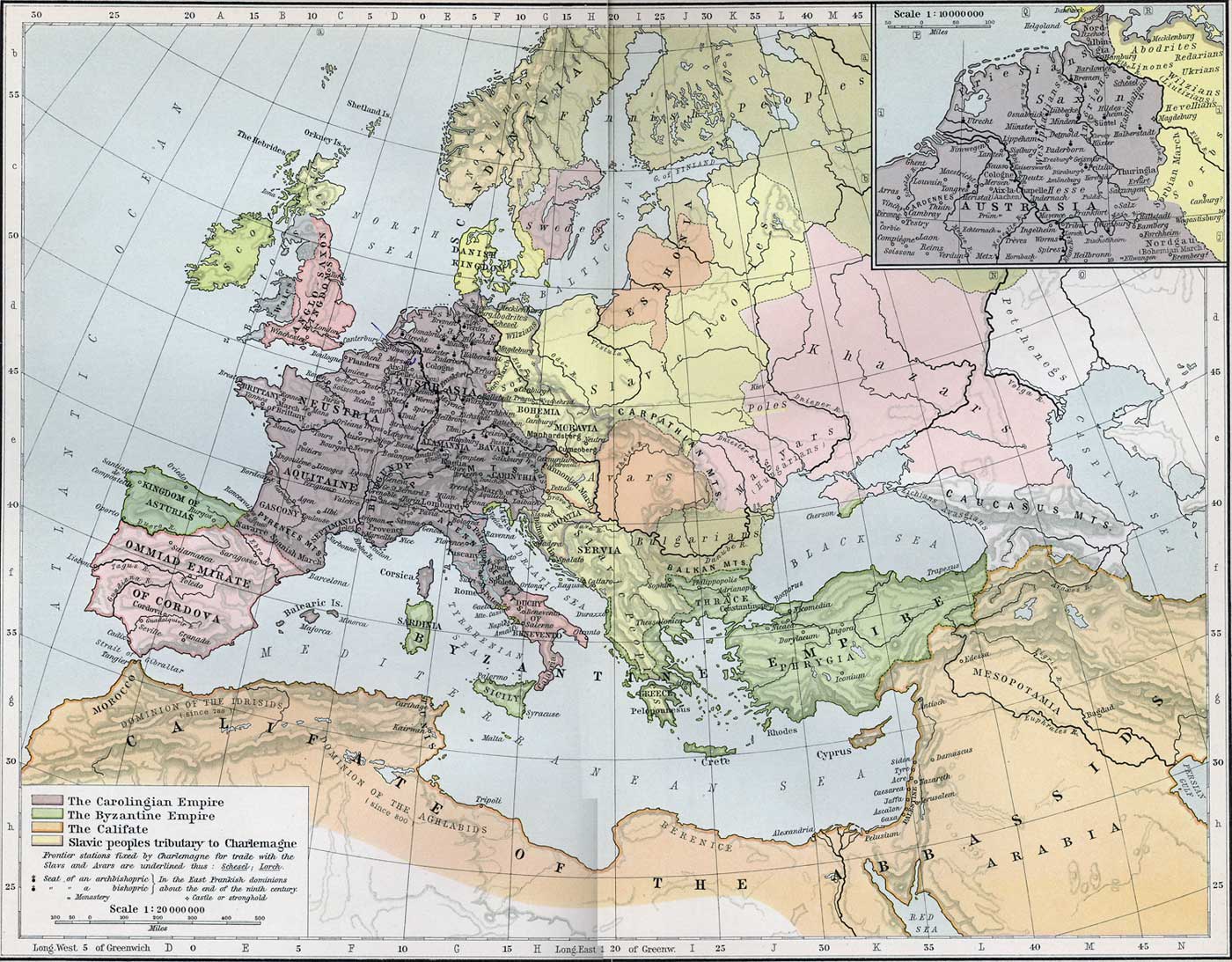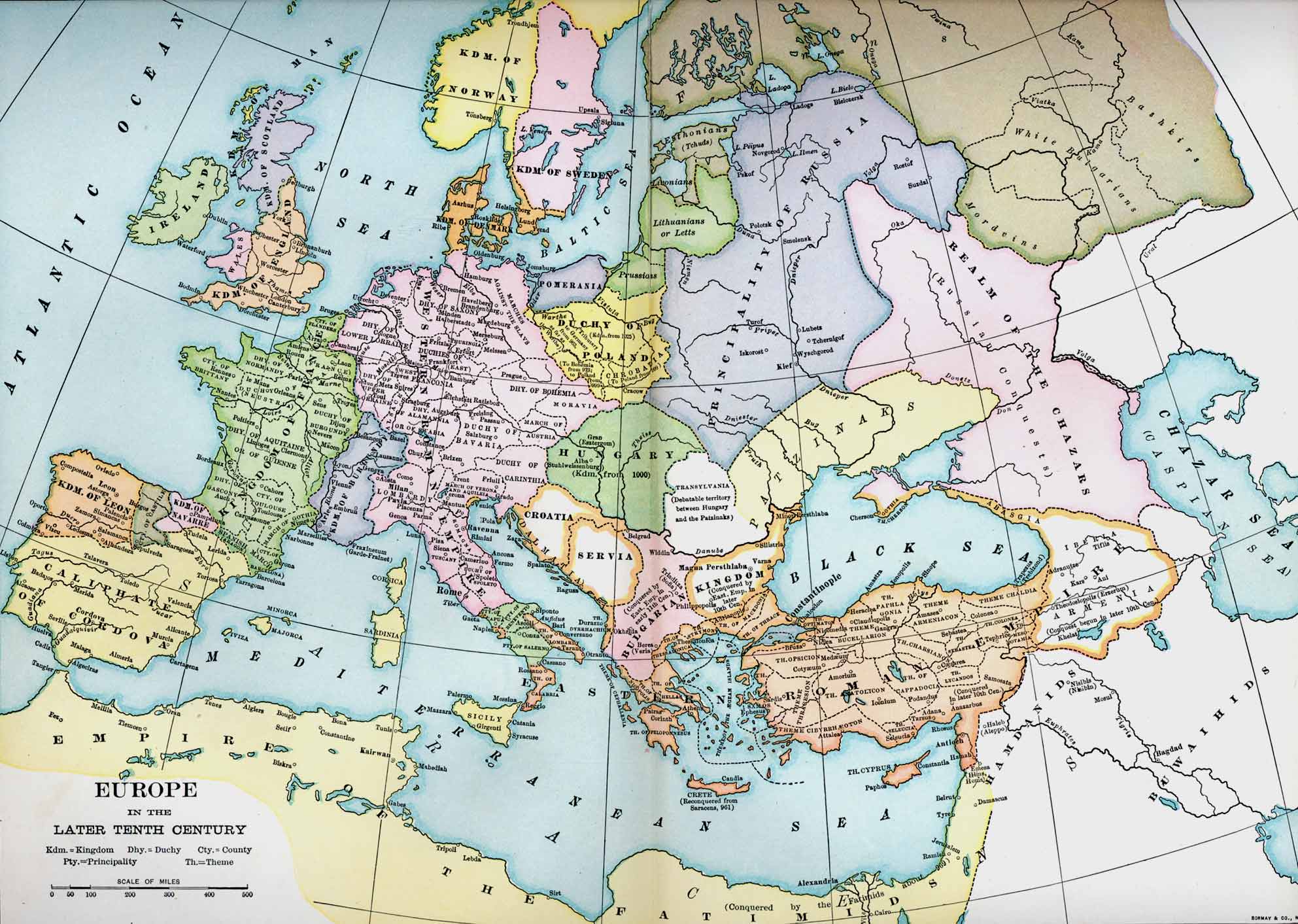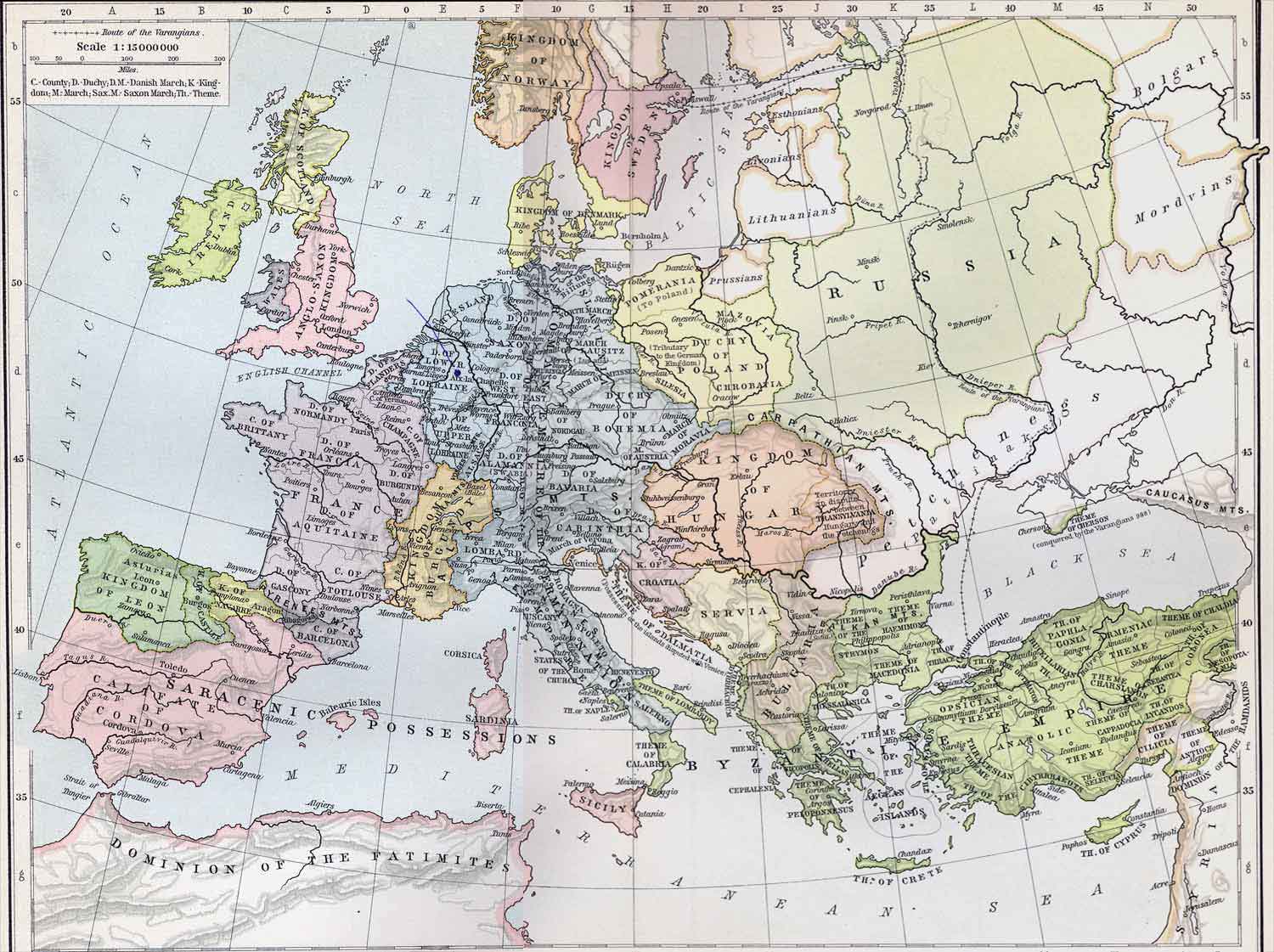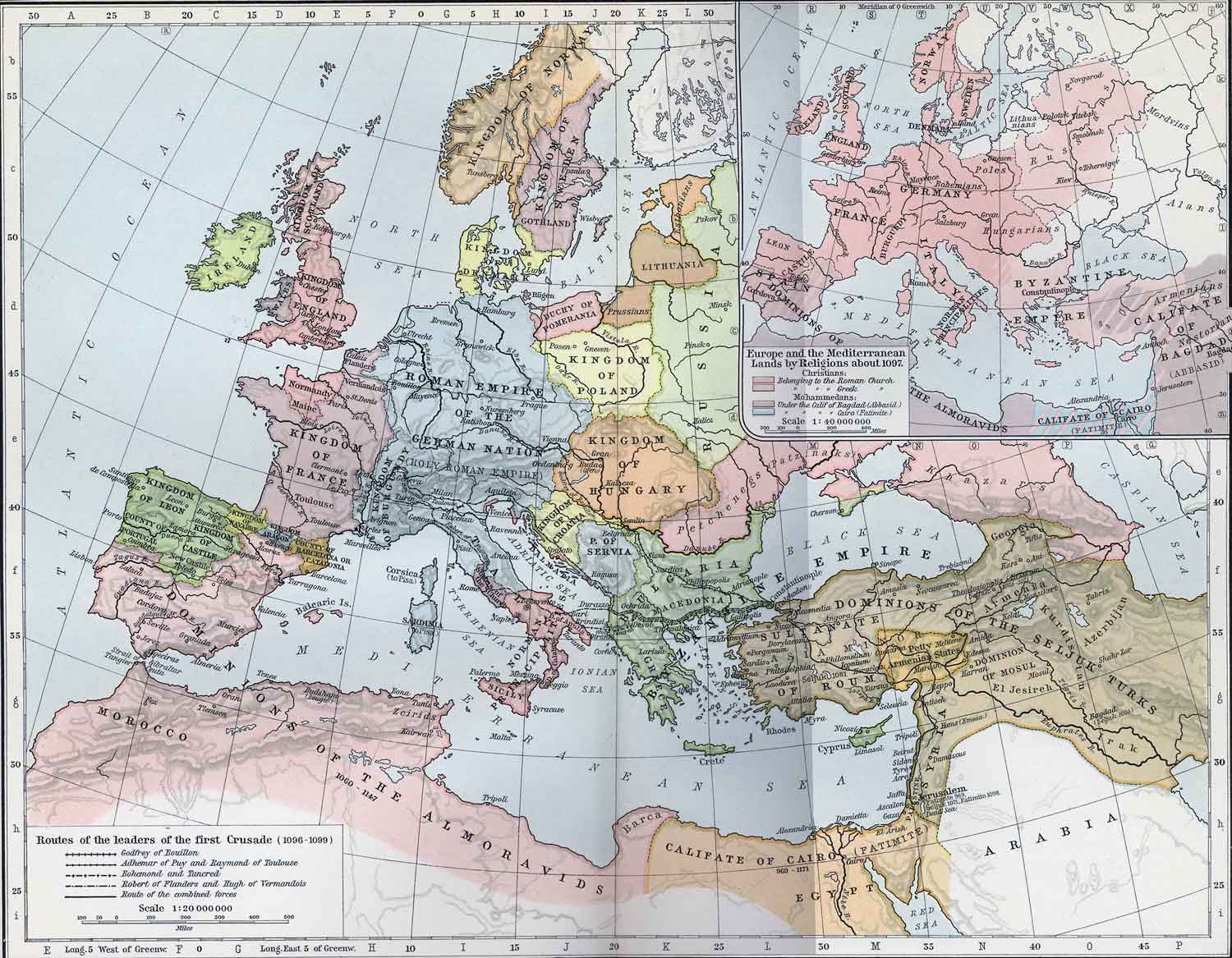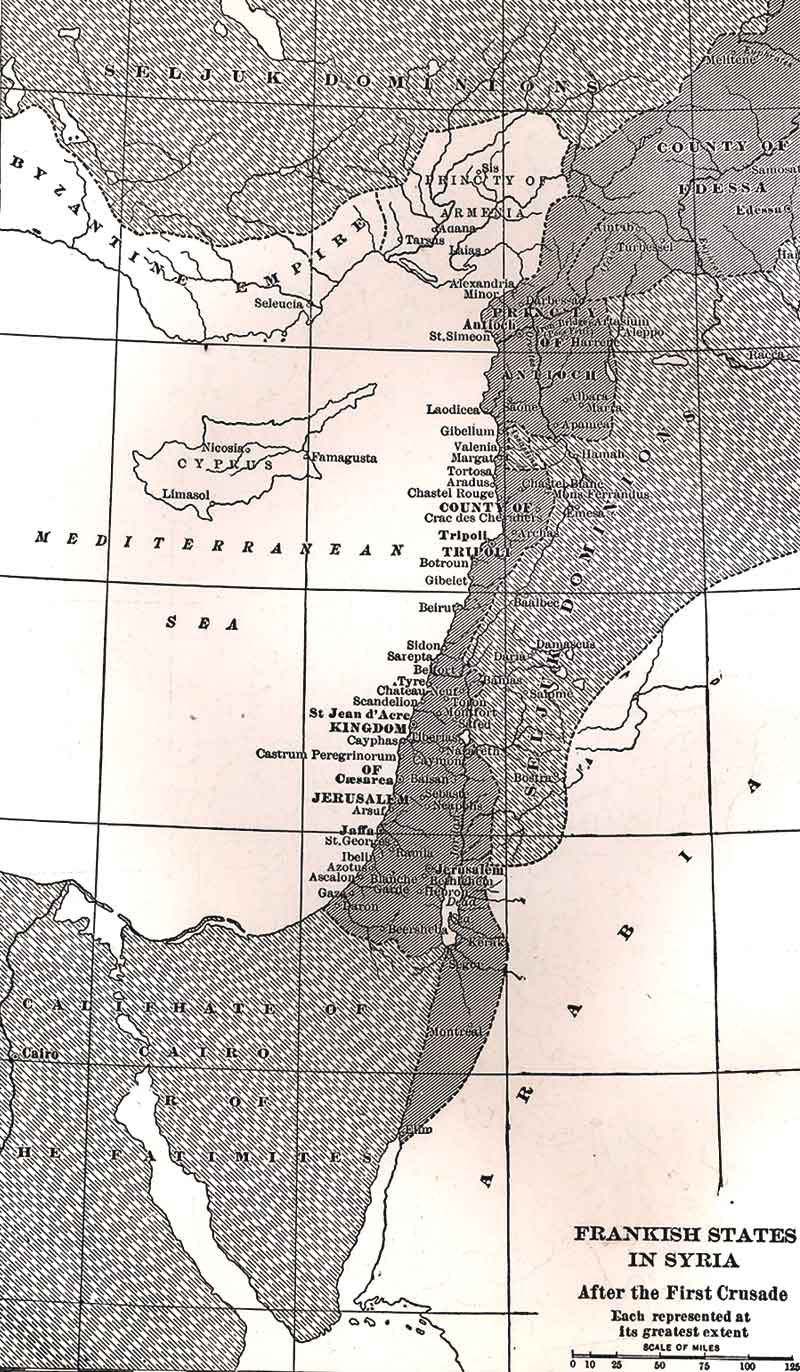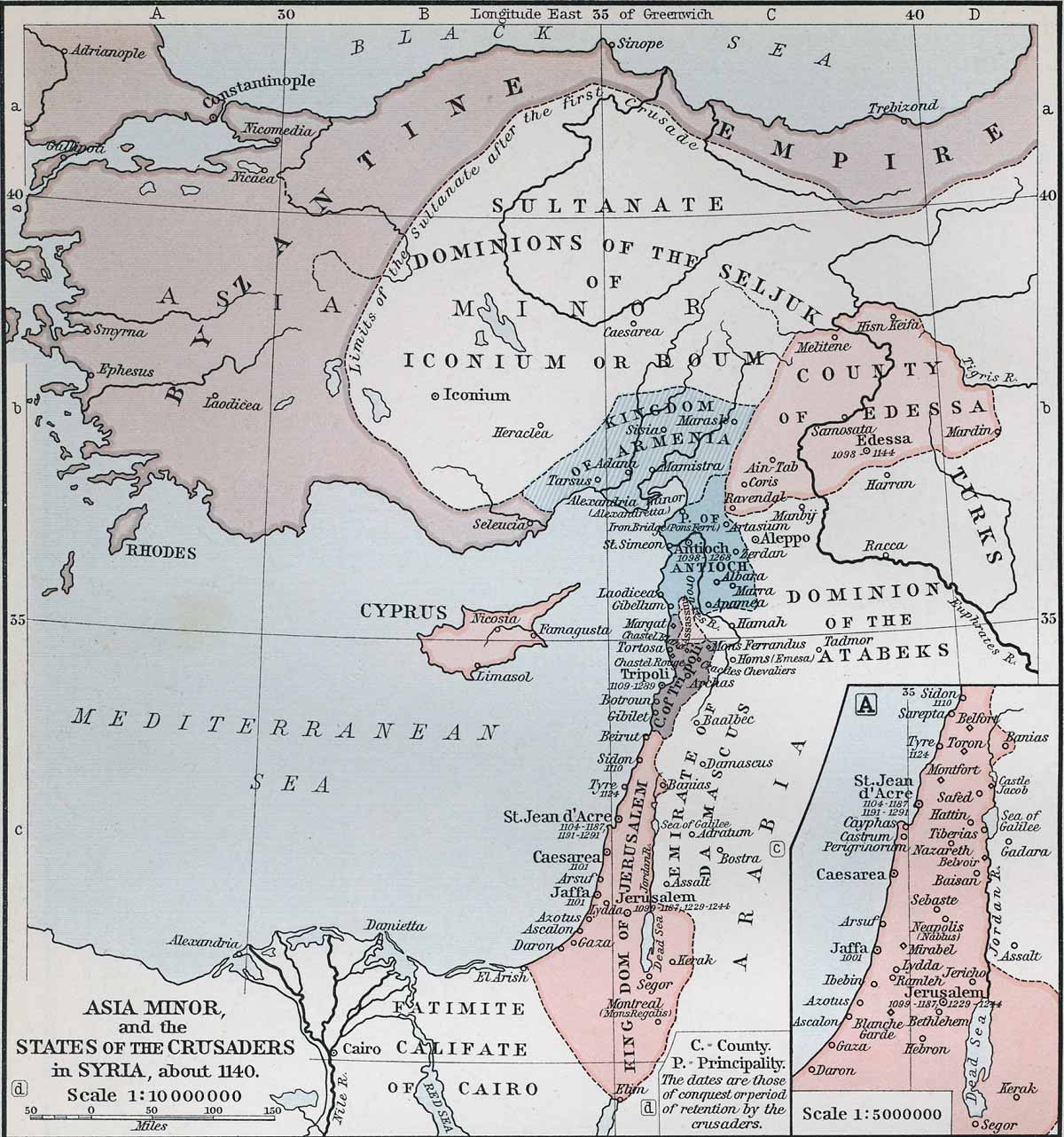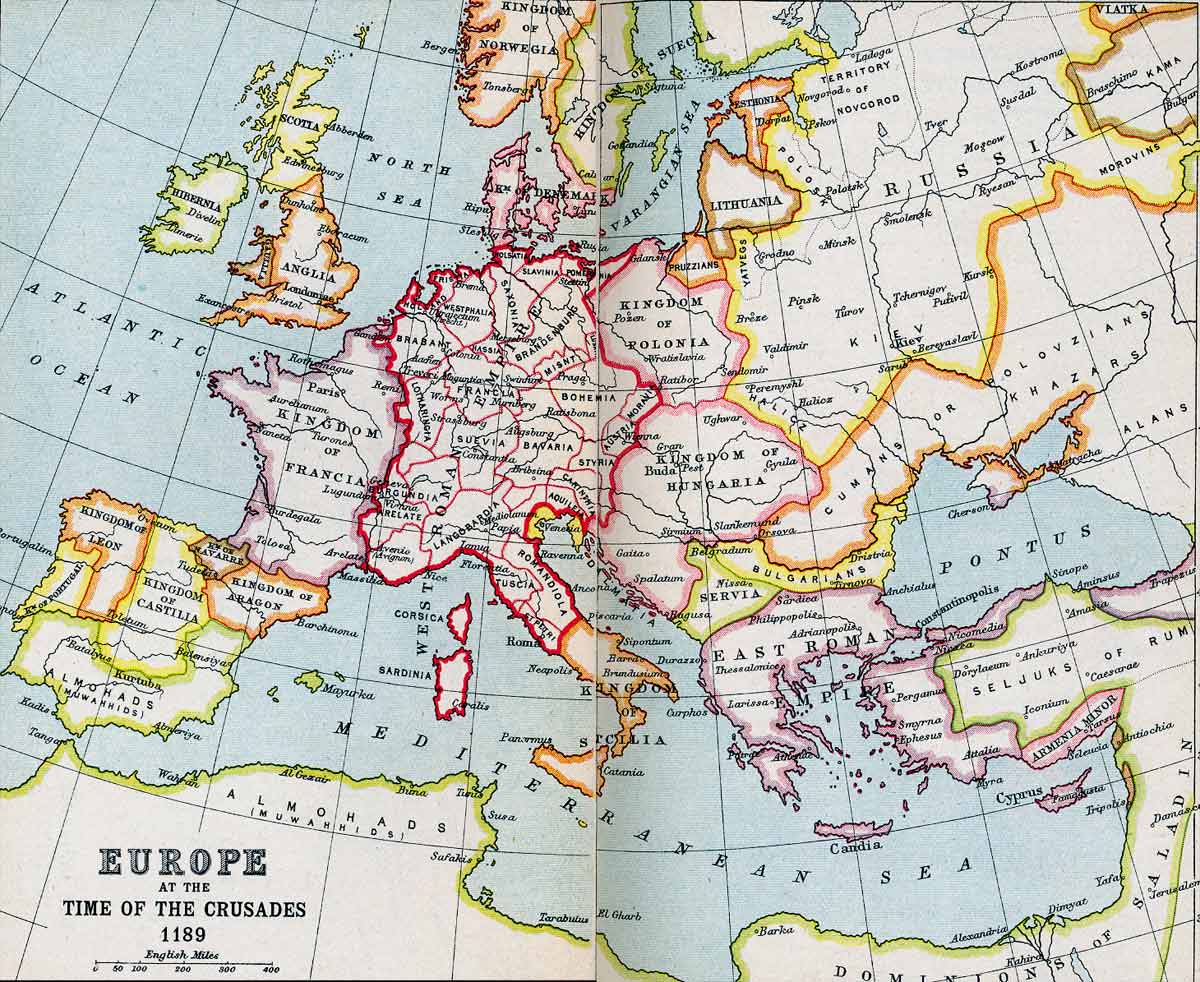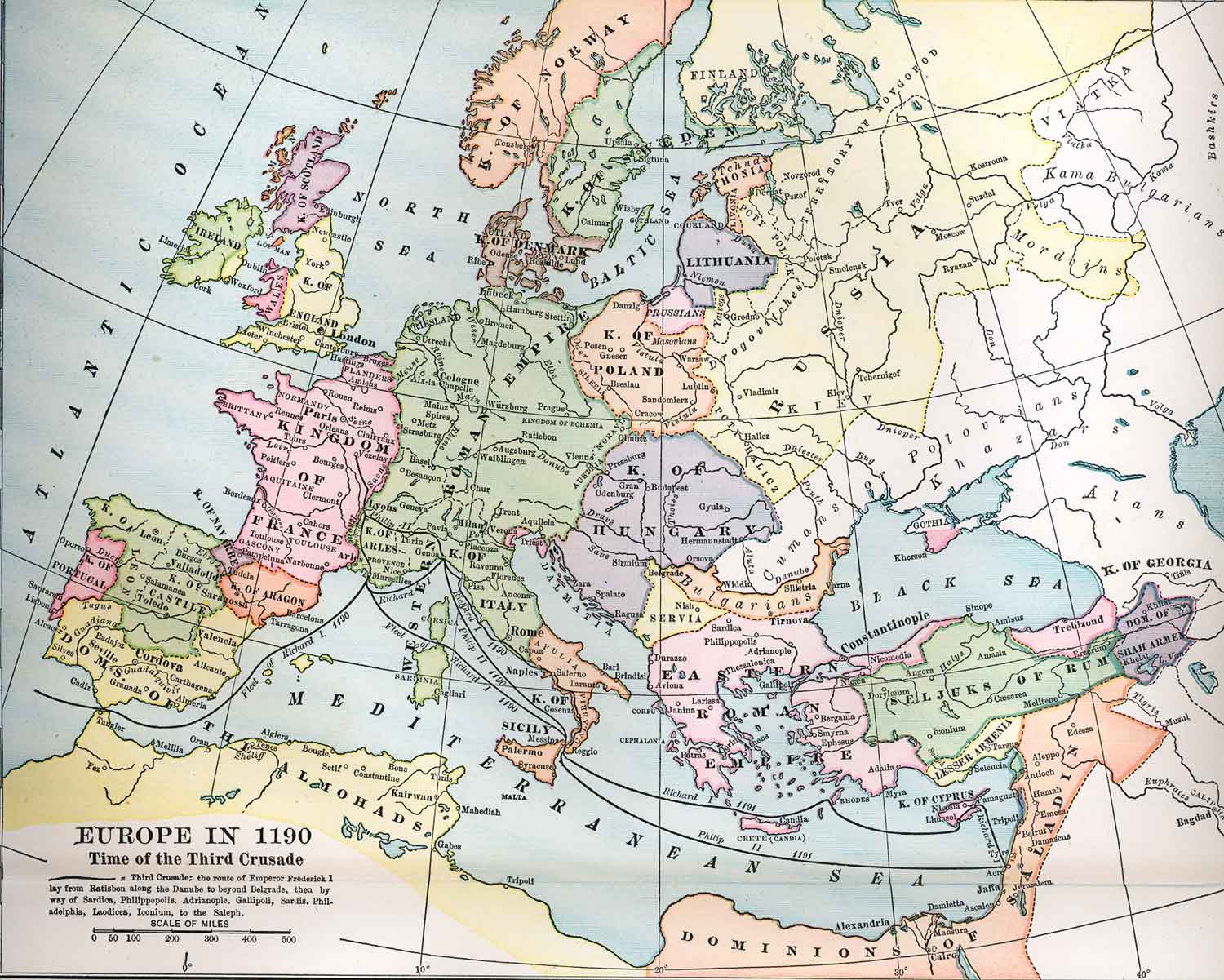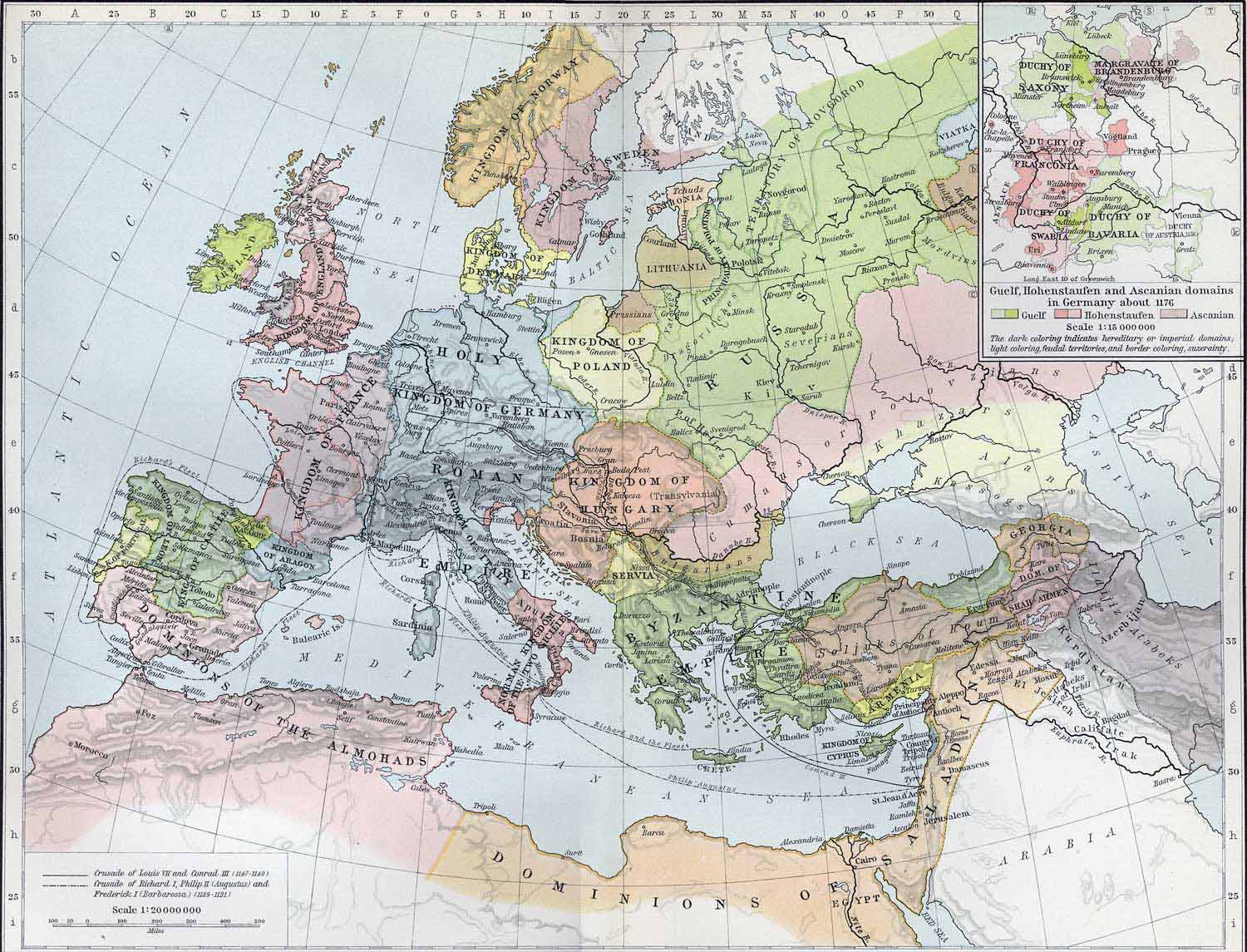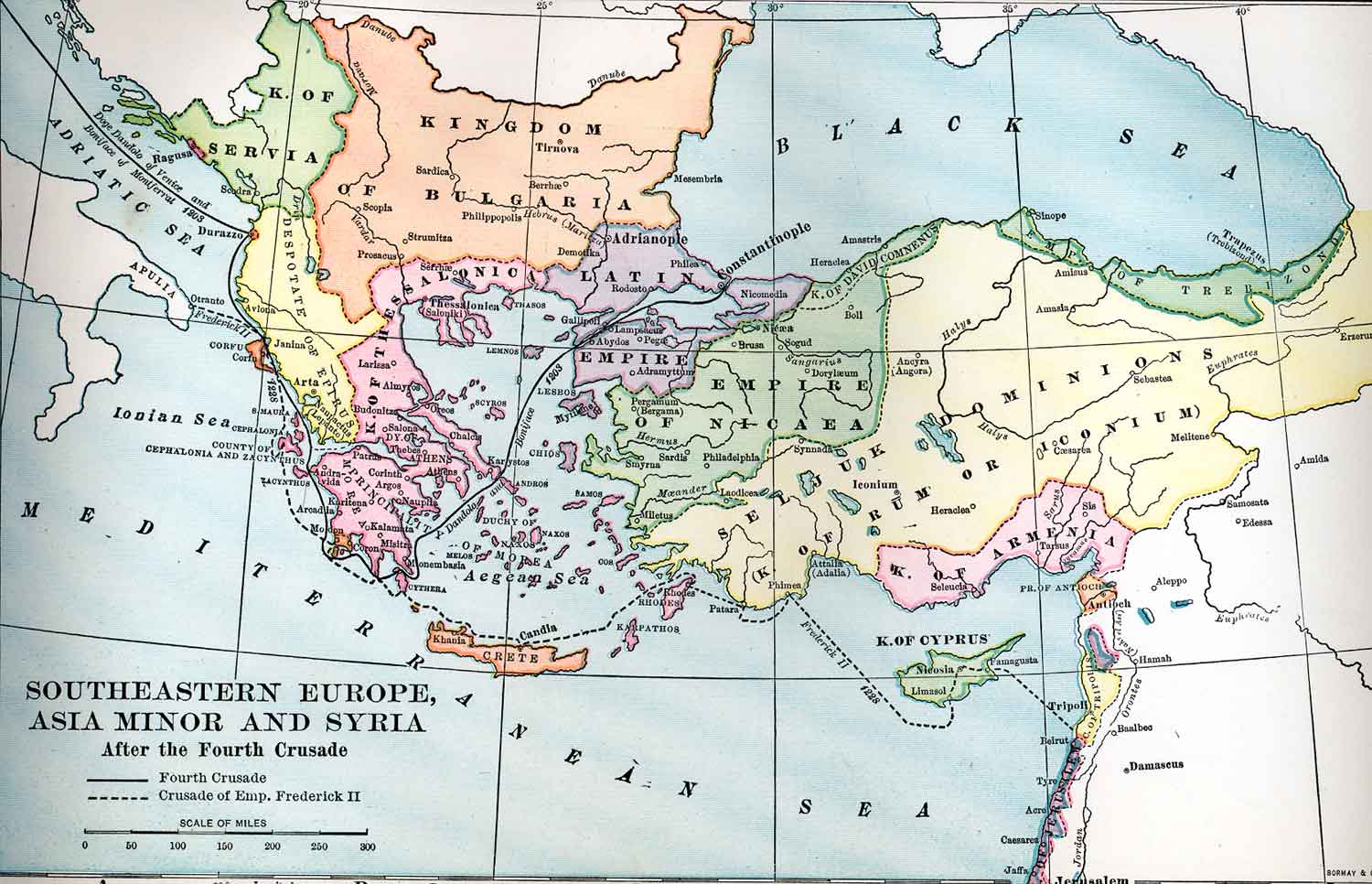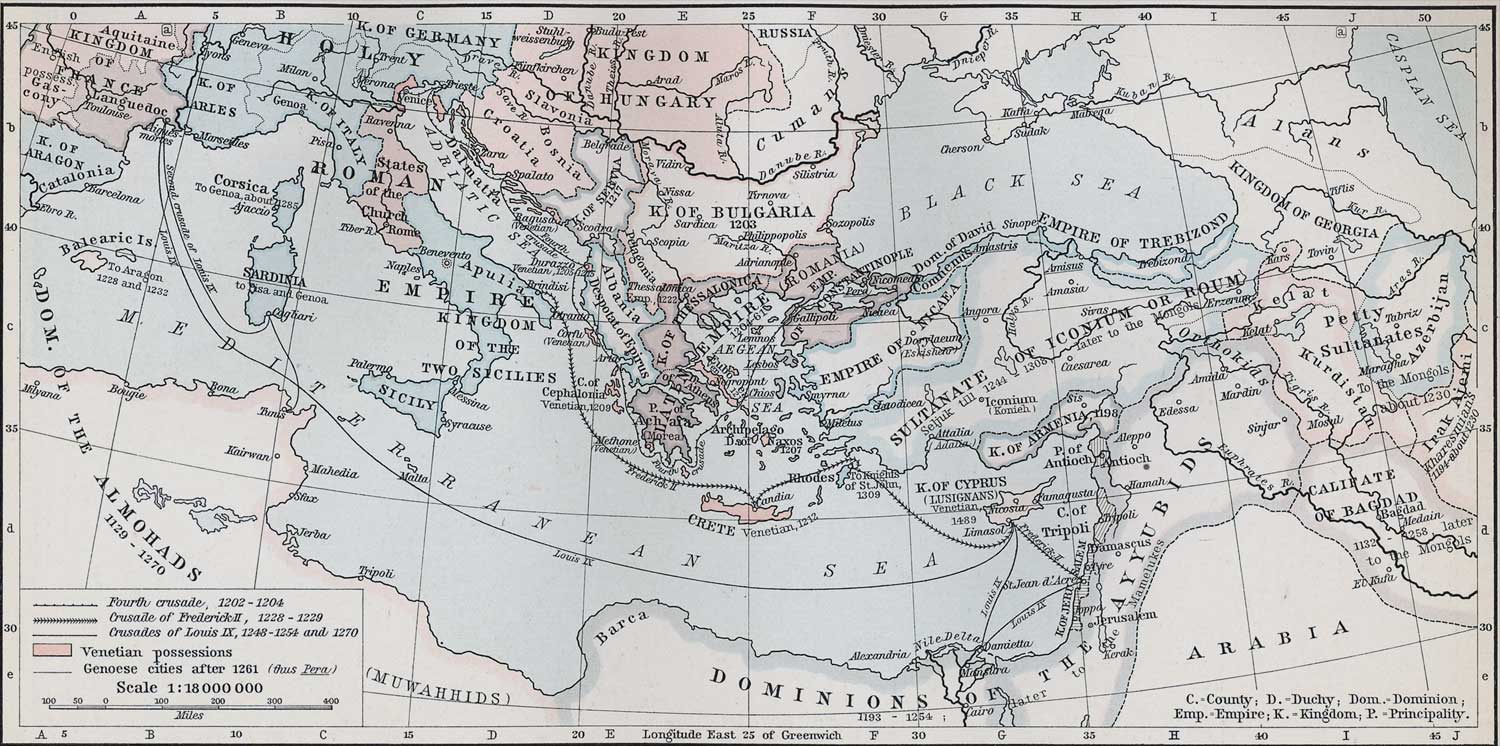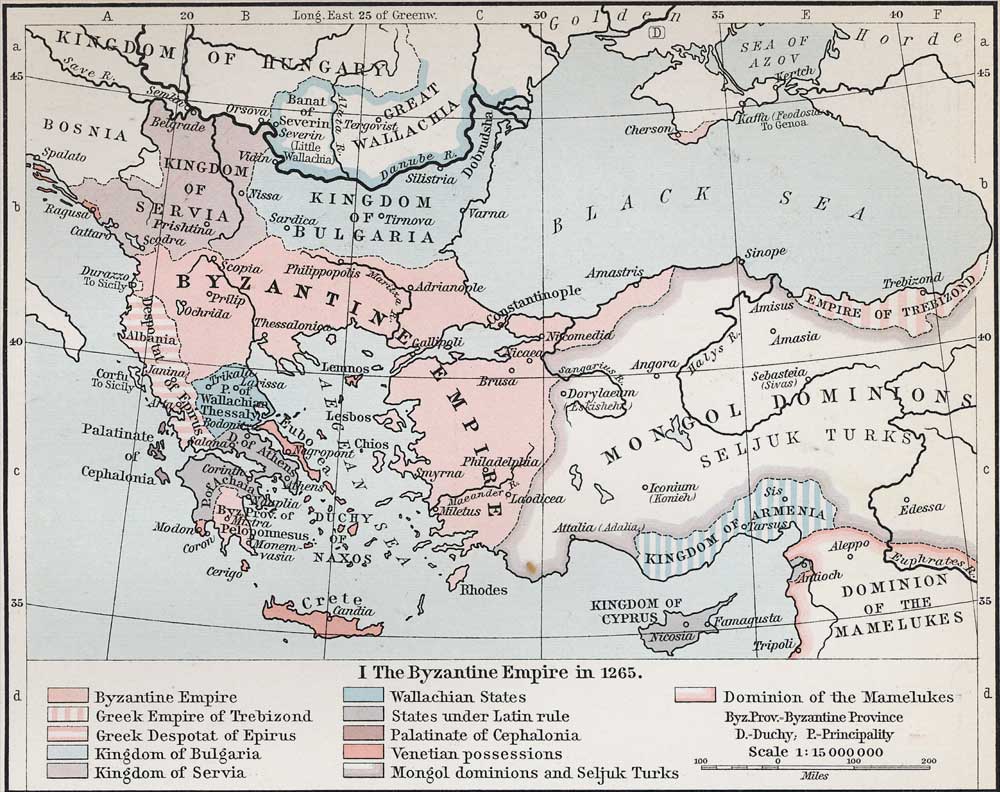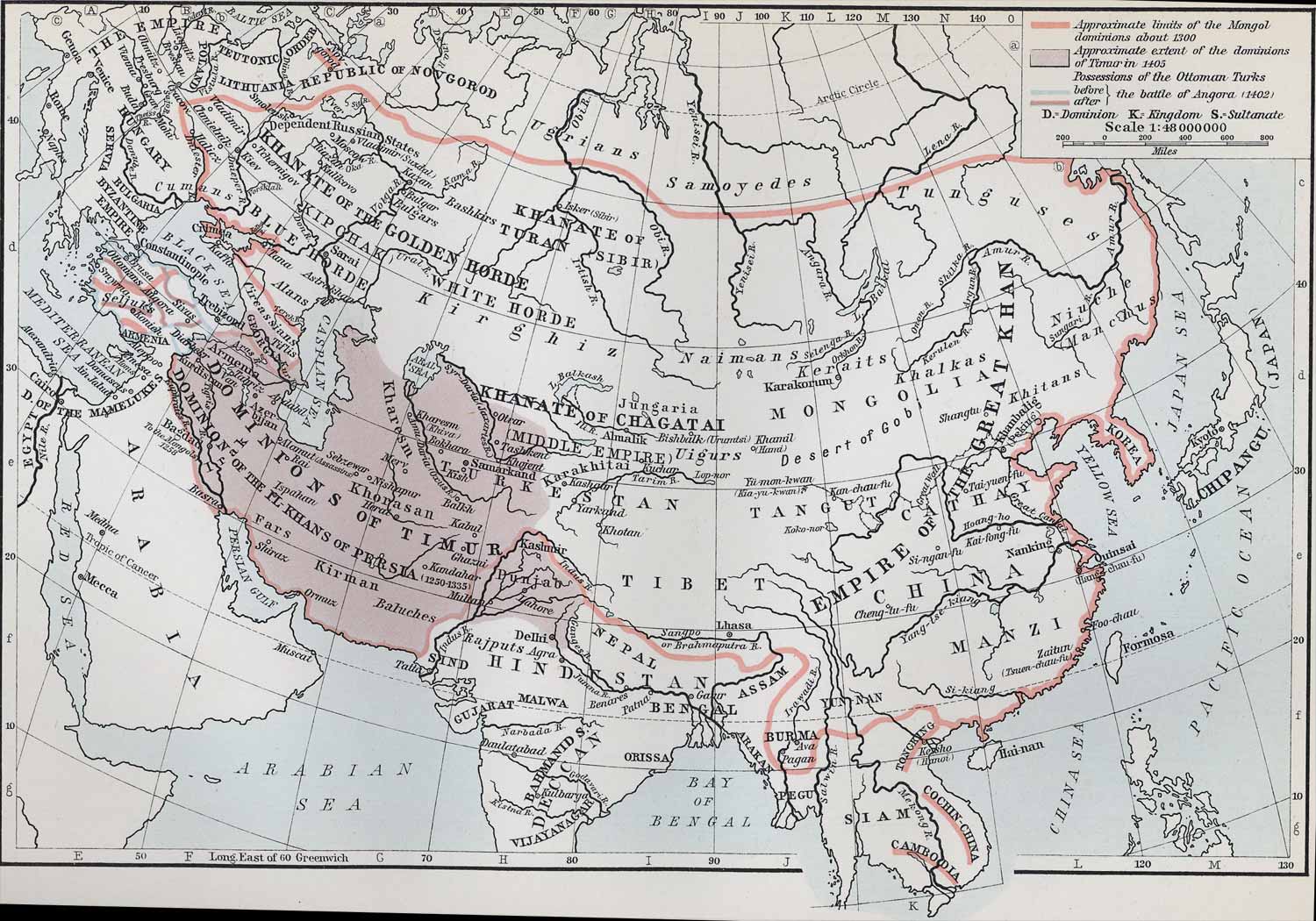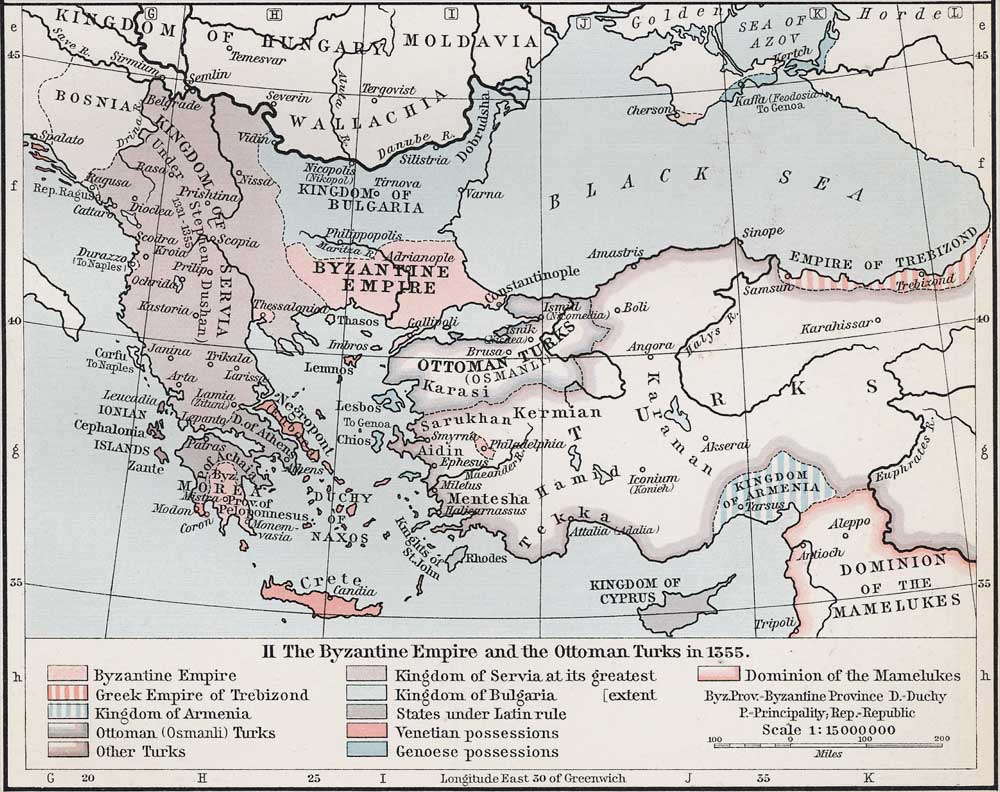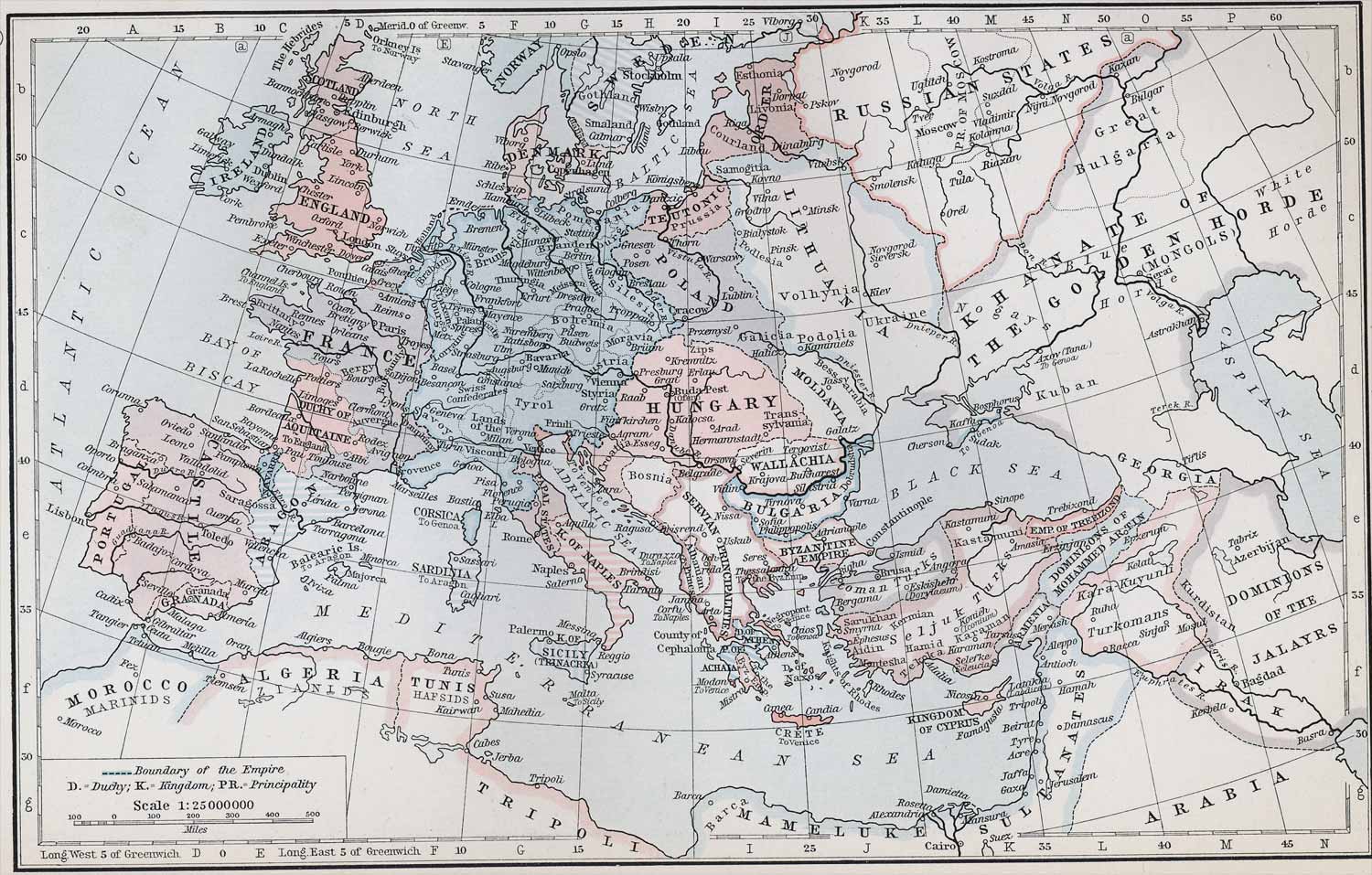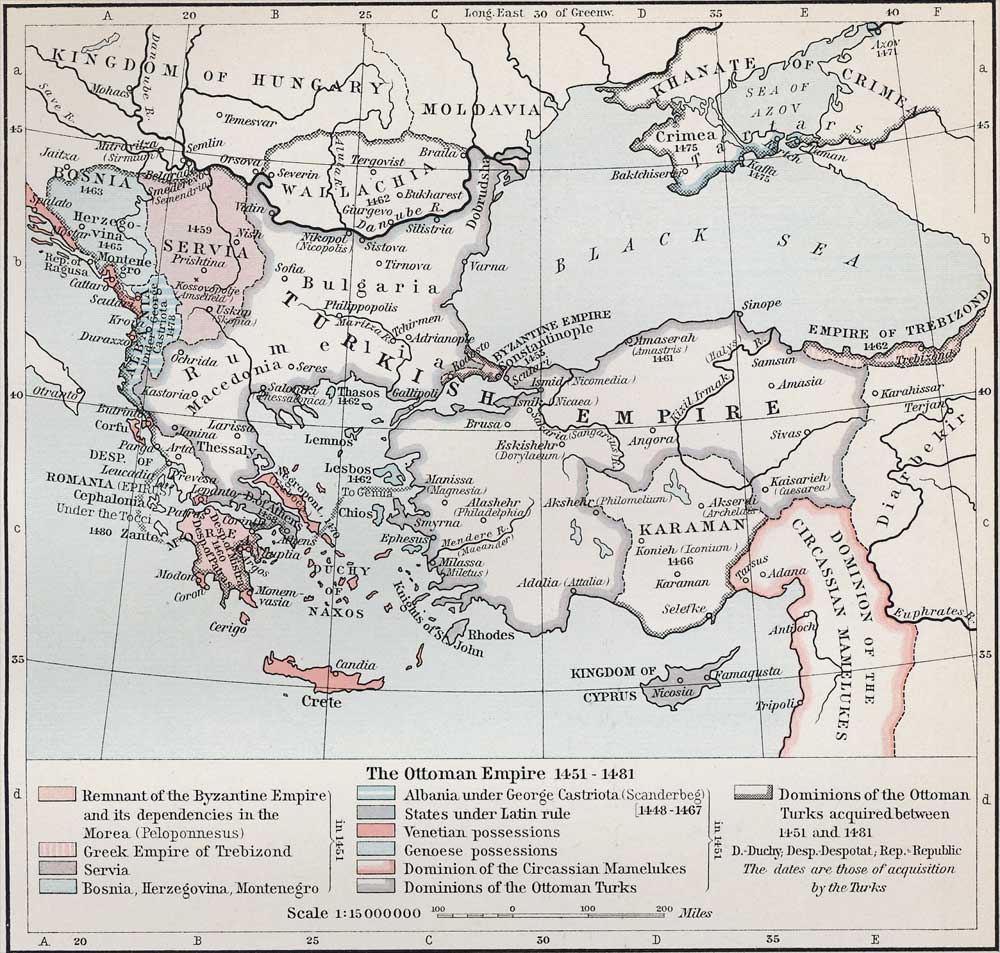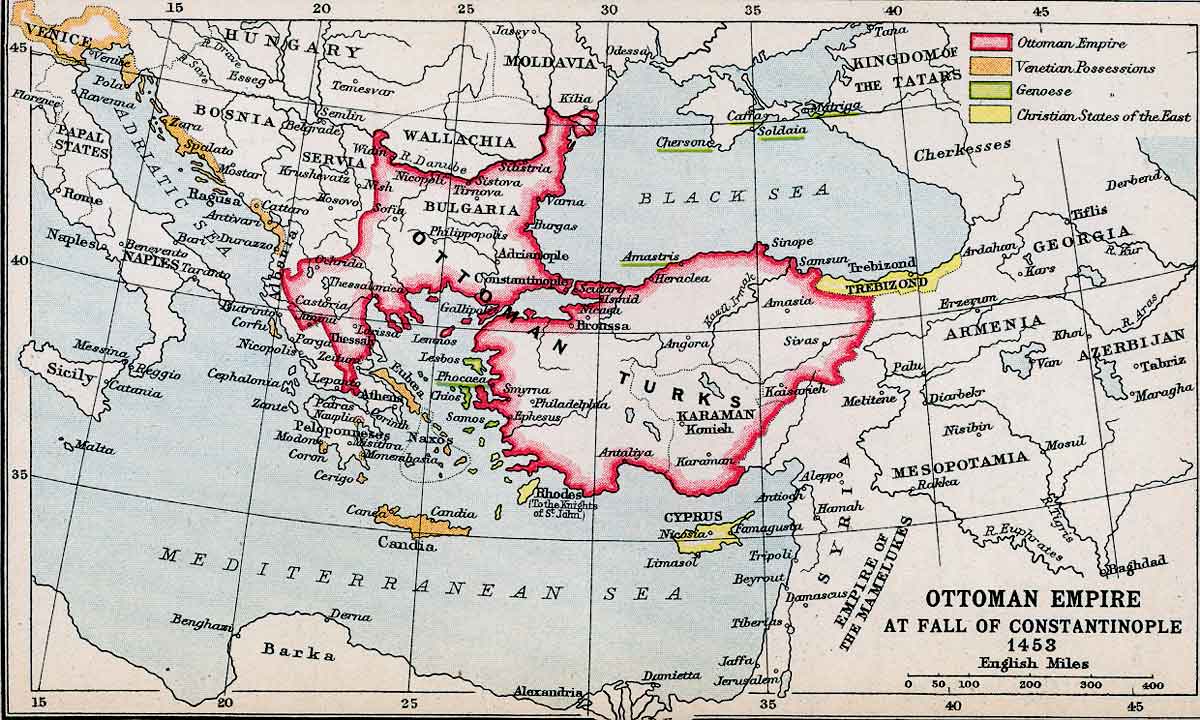I understand the Latin-Greek duality of the Byzantine Empire up to the schism, but after that, speaking Italian-Latin was not such a good idea anymore. Also anything remotely related with Catholicism and Rome, was seen as heresy. So they stopped being friends and started competing for control over the mediterannean world, which culminated with the destruction of Costandinople by the Crusaders. When the turks came, they just "collected the bones" of a dead empire. The Turks were never that strong to match Byzant at its peak; as proof, for 25 years after the fall of Constandinople the whole Ottoman Empire was held back and defeated by a few thousand Albanians under Skanderbeg. So these guys still calling themselves Roman after the schism, would be more for political reasons on their part.
WRONG
the biggest hate was due to 4rth Crusade,
Turks were already in minor Asia,
Manjikert Mtzikert or how ever written battle was 1 century before,
Turks with their Allies Kurds won the battle against Rums, Varrangians and their allies,
that opened the road to Konya and West minor Asia to Turks,
Schism has nothing to do, mostly in religious circles,
if search General Maniakis story, his Orthodox army left from Orthodox south Italy, just to replace their General honor, the revolt of Arbanites,
So schism was nothing,
it was the lost of Battle of Majikert, and the crusaders, whom Byzantines believe that will help against Islam, sucked Con/polis.
Crusades and especially 1204 is a catalytic date for East Roman empire and West Europe rise in sciences and politics,
Although it started before, from Peter the Hermit
